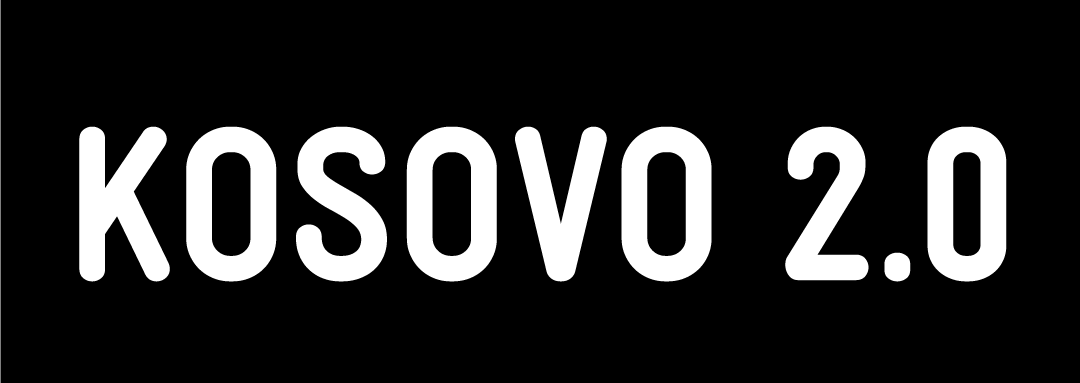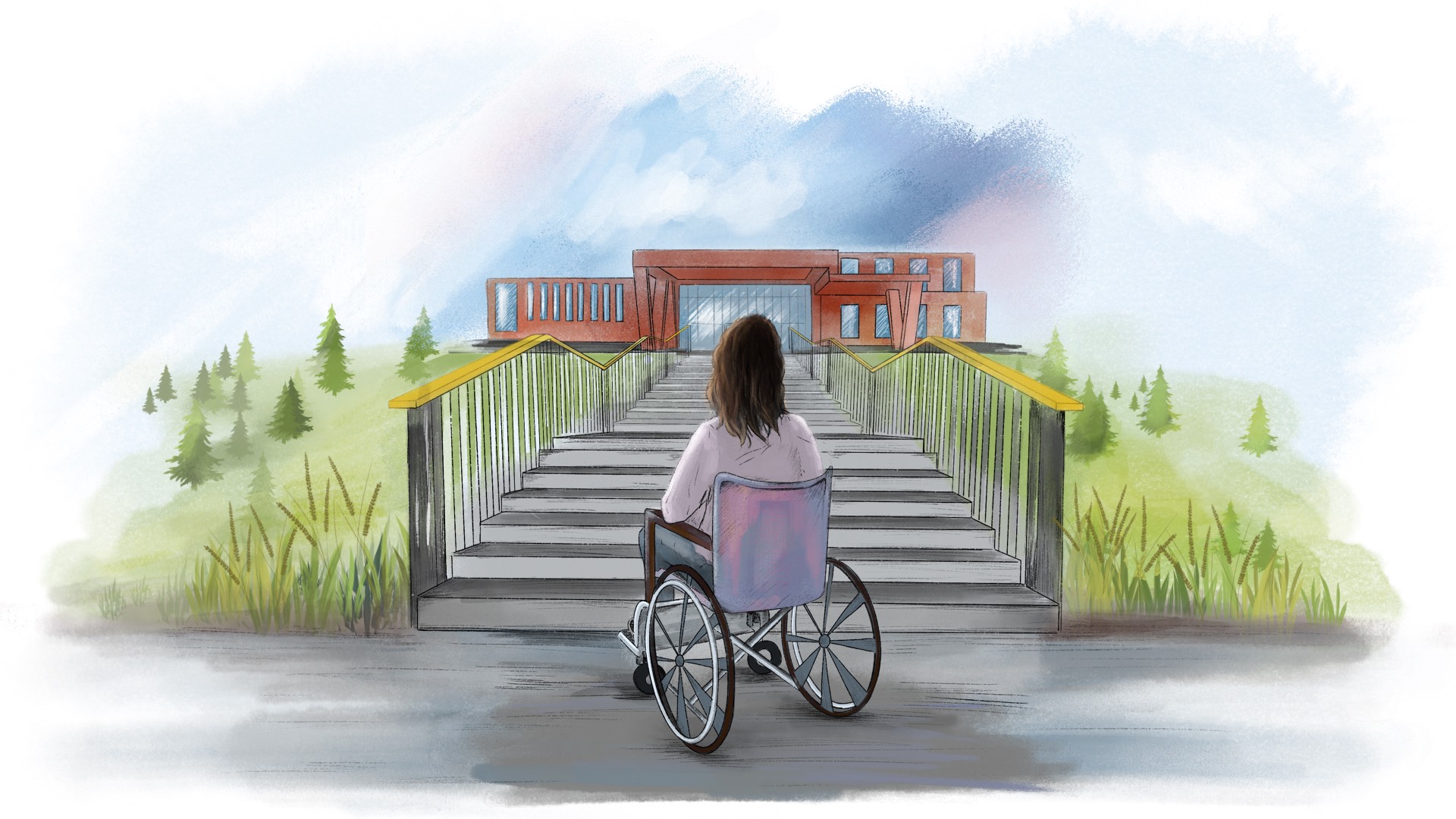
Inclusive education is just words on paper
Kosovo’s schools exclude children with disabilities.
Sitting at her kitchen table, where she often does her homework, 13-year-old Lira explains a math equation she recently learned in school to her brother and two younger sisters. They listen intently, counting on their fingers as her sister recites the numbers aloud.
“Seven minus three?” Lira asked, whose name is a pseudonym because her family prefers to remain anonymous.
“Four,” they all reply in unison.
Their mother, perched on the edge of a gray sofa, watches them proudly and speaks about Lira’s love for math.
“Since the second grade, she has known the entire multiplication table — even if asked in her sleep, she could recite it,” her mother said. “I sometimes tell her when the teachers tell me: ‘Don’t bring [Lira] to school because there are only two hours of class’ in order to not put her through the ordeal. But [Lira] insists: ‘No, I’ll go, even if it’s just two hours. I want to attend those two.’ She doesn’t like sitting around doing nothing. She wants to go to school, period.”
Lira, a seventh-grade student at a primary school in a village near Prizren, nurtures her love for learning every day, despite the challenges she faces. Born with hemiparesis — a condition that causes weakness on one side of the body — she experiences difficulty walking, standing and maintaining balance.
Lira’s school is four kilometers from her home, and she relies on her family for transportation. Every day, her uncle, who teaches at the same school, drives her there, carries her to class and waits until she finishes to take her back home.
“She is lucky that he is there,” said Lira’s mother.
As time passes, the uncertainties about Lira’s future after primary school grow stronger. She hopes to attend high school in Prizren, but her uncle will not be there to take her every day.
Meanwhile for 16-year-old Elfete Muhadri, the absence of someone to assist her at school forced her to stop her education five years ago. Blind since birth, she has not attended school in half a decade.
Elfete, who is from the village of Lipovec in Gjakova, has only one educational option tailored to the blind and visually impaired available — the Xheladin Deda Resource Center in Peja. In 2018, she visited the center for the first time with her father, Mani, who himself studied there from 1981 to 1992. Mani, now 56, also lives with visual impairments. Since its establishment in 1982, the resource center remains the only institution of its kind in Kosovo, operating under the funding and responsibility of the Ministry of Education, Science, Technology and Innovation (MESTI).
While studying at the center, Elfete lived with her father in the center’s dormitory. Mani explains that he never considered sending her to a regular public school because he believed the center was the best option for her, based on his own experience. Although Mani graduated from the center as a post-telegraphist/telephone operator, a qualification that helped him secure a job, Elfete’s experience was different. The center ultimately did not meet her needs and in 2019, she stopped attending classes there.
Since then, Elfete and her father, like Lira and her family, have faced daily uncertainties, hardships and struggles to secure unhindered access to education. They are just a few of the many across Kosovo facing similar challenges.
The difficult road to school
In just two years, Lira will finish primary school and transition to high school. In the meantime, her family must address a significant challenge. They have already started considering options and ideas for how she will travel to high school, which is located about 15 kilometers away.
“We managed to find a solution until ninth grade, but after that, we don’t know what we’ll do,” her mother said.
Their past experiences only add to these uncertainties.
Three years ago, Lira’s uncle made a request for transportation from the Municipal Directorate of Education (MDE) in Prizren on behalf of a group of children in the neighborhood, based on the Law on Pre-University Education, which requires municipalities to provide transportation for all children if the nearest school is over four kilometers away.
He explained that the municipality rejected his request because he did not specify that Lira has a physical disability. If they had included this detail, Lira would have been legally entitled to safe and appropriate transportation. After this rejection, Lira’s uncle said that they have not submitted any further requests.
“Since they didn’t provide a solution for the neighborhood by offering transportation for a group of children, we didn’t believe they would make an exception for us either, so we didn’t reach out to them again,” Lira’s uncle said.
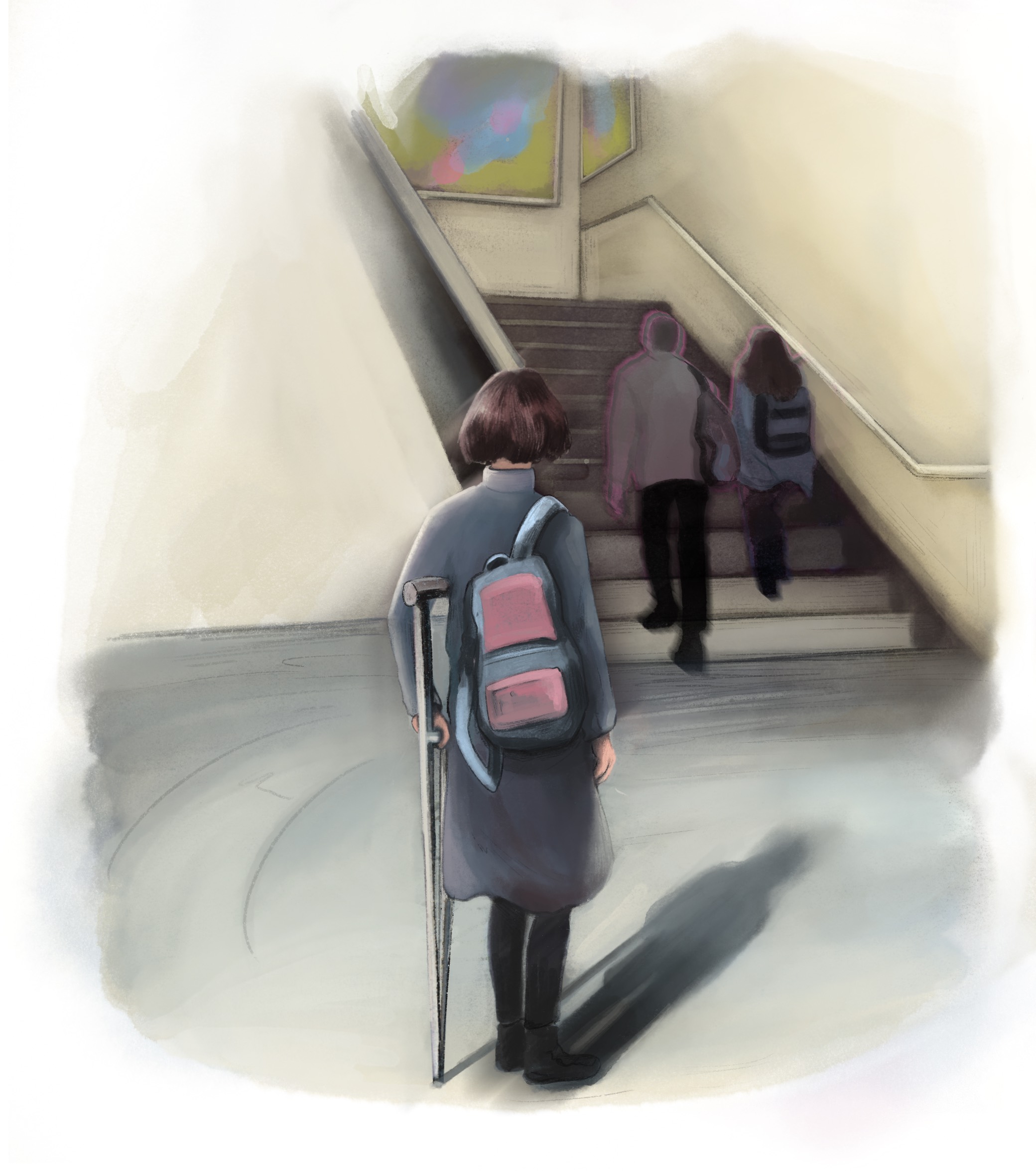
While her uncle’s assistance has temporarily resolved the transportation issue, reaching school is not Lira’s only challenge. The school she attends is one of many in Kosovo that fails to meet even basic standards for students with physical disabilities.
Clear guidelines and standards outline how schools should be constructed to accommodate all students equally. However, many schools in Kosovo have failed to implement these measures. One such guideline is the MESTI Guide to Norms and Standards for School Buildings, which specifies the infrastructure needs and physical requirements schools must meet to ensure unhindered access for students with physical disabilities. These standards address schools’ locations, external infrastructure like entrances and special parking and internal infrastructure such as elevators and accessible toilets.
Lira’s school has accessible ramps for entering the building and classrooms, but it fails to meet any of the other conditions outlined in the MESTI guidelines.
Based on data MESTI provided to K2.0, just over 600 of Kosovo’s schools are accessible to people with disabilities, out of 1,036 educational institutions, a number that includes preschools, elementary schools and high schools. Isuf Gashi, head of MESTI’s Division for Planning and Standards of School Infrastructure — responsible for ensuring and designing safe and inclusive school environments for all children — based his response on data collected in 2016.
He also noted that 38 schools built between 2016 and 2023 have been added to the overall number of accessible schools. Over the past eight years, MESTI has constructed 12 accessible ramps, and according to Gashi, 19 more are currently under construction.
Efforts to ensure accessibility for people with disabilities have typically focused on constructing ramps at school entrances. HANDIKOS, an association for paraplegics and paralyzed children in Kosovo, also emphasizes this point in its work to protect the rights of people with disabilities across the country.
In 2020, HANDIKOS assessed 144 school buildings across the country as part of a report on accessibility for children with disabilities.
Technical and physical requirements necessary to ensure access for children with physical disabilities:
– The entrance to the schoolyard from the street should be step-free.
– Door thresholds should be avoided.
– Access to all buildings should be available to people with special needs, preferably with platforms that have a slope no greater than 1:12 (5% slope).
– Circulation areas, door openings, sanitary facilities, evacuation routes and classroom spaces should be specially designed for children and adults using wheelchairs, crutches and canes.
– Writing boards (with movable options) should be accessible from a seated position.
– Elevators should be positioned near the building entrance, with enough space inside for wheelchairs. The signs and controls should be accessible to people with disabilities.
– Each school should have a toilet for students with special needs, featuring special dimensions, a sufficiently wide door and securely placed metal railings.
– Special parking for vehicles should include a larger space on one side.
The assessment revealed that 19% of schools lacked ramps entirely, while 56% of the ramps in schools did not meet accessibility standards. Additionally, 74% of schools had no accessible toilets for people with disabilities, and in 19% of cases, accessible toilets were repurposed for other school needs such as sanitary storage. Every school lacked an elevator.
The situation is similar at Lira’s school. She is fortunate that her classroom is located on the first floor. However, whenever she needs something from the second floor or when an activity is held there, she relies on her teachers’ goodwill. She cannot access the lab, located on the second floor, without someone’s help.
“When we had class in the lab, we would all take her by the arm and carry her because we didn’t want to leave her behind. Even though it’s quite exhausting for her, and she often experiences back pain as a result, we have no other option,” said one of Lira’s teachers.
This is just one example of the challenges that cannot be solved with ramps alone, highlighting the need for a more inclusive and well-thought-out approach to accessibility.
A mountain of unsolved challenges
Accessibility in schools goes beyond buildings’ physical infrastructure or location. Students have different disabilities, and each one requires specific solutions that address their unique needs.
Elfete is aware of this, as she has tried to continue her education for some time. The Municipality of Gjakova provided her with transportation to the Xheladin Deda Resource Center in Peja, but that was not enough.
Elfete registered at the Xheladin Deda center in 2018. Since it was far from home, she stayed at the center from Monday to Friday. However, she did not stay long, partly because she refused to be separated from her father. Mani tried to stay with her, but he also needed to be close to the rest of their family in their village — his wife, three other children and his mother, who has since passed away. Additionally, his own health was poor.
“I was exhausted. I would even nod off while sitting in a chair from being on my feet non-stop,” said Mani.
When the resource center lacked the staff to provide 24-hour care for Elfete, Mani withdrew her registration in 2019.
This choice was not easy for him. HANDIKOS says that families never give up easily on their children’s education and do everything they can to include their children in regular schools. Families use their own funds to hire assistants and support teachers, and, in some cases, parents, especially mothers, sacrifice their professions and jobs to be with their children during lessons.
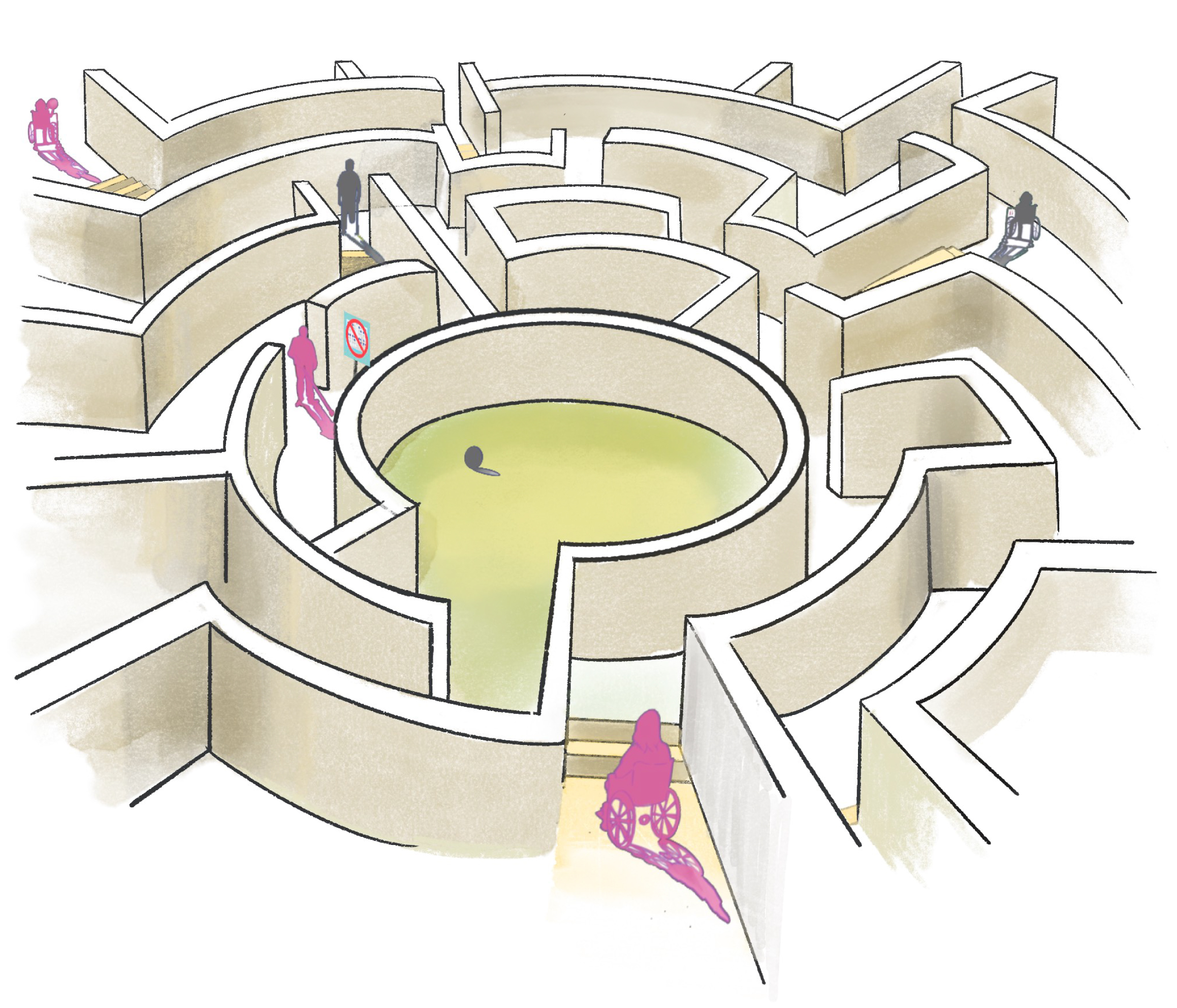
The vast majority of children with disabilities face the same situation as Elfete — without the necessary support, they do not attend school. The United Nations Children’s Fund (UNICEF) estimates that around 43,000 children with disabilities live in Kosovo, but only a small number of them attend school. According to the European Commission’s 2024 Kosovo Report, 88% of children with disabilities in Kosovo remain outside the education system.
MESTI is not even certain of the exact number of children with disabilities attending regular public schools, as it relies on estimates from school personnel. According to a response by MESTI in August 2024, school personnel counted just 3,903 children with disabilities as part of regular classes in public schools in the 2022-2023 school year. MESTI stated that it would collect more accurate data once Pedagogical Evaluation Teams (PET) in Kosovo’s municipalities become fully operational. According to education statistics about the 2023-2024 school year in Kosovo, published in October 2024, 3,676 children with disabilities — 227 less than the previous year — are part of regular classes in public schools. In this document too, it is stated that not all children are evaluated by professional teams.
These teams assess children’s abilities and educational needs and determine whether students should continue in special education or attend regular school. These teams typically consist of specialists in education, social work, psychology and rehabilitation. They are recognized as external support for educational and training institutions, providing advice and guidance to teachers, students and parents.
However, not all municipalities have operationalized the PET. According to MESTI, this is due, in part, to the lack of professionals in the relevant fields and the failure of municipalities to compensate PET members.
The lack of accurate data is one of the many shortcomings of Kosovo’s education system, which fails to provide children like Elfete with equal opportunities. While MESTI mentions the built-in ramps, these are meaningless for the 670 blind or visually impaired students who attend regular public schools.
Bekim Krasniqi, program manager at the Kosovo Association of the Blind, said that blind or visually impaired children have no way to learn without their families’ support.
“Ultimately, the child can only learn if family members accompany them, take notes and read the notes to them aloud at home. This is the only possibility; there is no other way,” Krasniqi said.
Children with disabilities should rely on assistants instead of family members. However, this is not easily achievable. According to MESTI, which places the responsibility for hiring assistants on municipalities, 339 assistants have been employed in schools across Kosovo.
If school staff are accurate in their estimate that 3,676 children with disabilities attended regular schools in the 2023-2024 school year, that means there was one assistant for every 10 to 11 children with disabilities. This contradicts the Administrative Instruction on the Role, Duties and Responsibilities of the Education Assistant for Children/Pupils with Special Educational Needs, which states that an assistant can support one to two students within a group, class, or school.
Without a support assistant, children with visual disabilities cannot navigate Kosovo’s schools, whose infrastructure is inadequate for the needs of the blind.
According to HANDIKOS research, the usability of school buildings for children with visual disabilities or low visual capacities is the most critical issue in Kosovo. Meanwhile, MESTI claims to embrace an inclusive education approach and to not segregate students into special schools. However, it failed to uphold these commitments in response to K2.0’s question about infrastructure for children with visual disabilities. It briefly confirmed that schools have almost no infrastructure in place for visually impaired students. When asked about a solution, MESTI stated that it is still “identifying schools for infrastructure improvement according to specifications.”
Meanwhile, children with visual disabilities face easily identifiable problems that MESTI acknowledges.
For example, they need to learn and read in Braille, a system of raised dots allowing the visually impaired people to read using touch. According to the Law on Pre-University Education in Kosovo, students with partial vision and those who are blind have the right to be taught how to use Braille.
Technical and physical requirements necessary to ensure access for children with visual disabilities:
– The main entrances to school buildings should be clearly visible and easy to open.
– Avoid fully glazed (glass) doors.
– Mark landings and stairs with colors that are distinct and different from each other.
– Avoid windows at the end of corridors due to excessive contrast in lighting.
– Avoid small level changes. Where unavoidable, small platforms are preferable to stairs.
– Elevators should be placed near the entrance to the building. The elevator cabin should include Braille signage for the blind, have acoustic and visual call reception and voice announcements for the floors.
– Signage both outside the school and inside the building should be visible and rationally continuous.
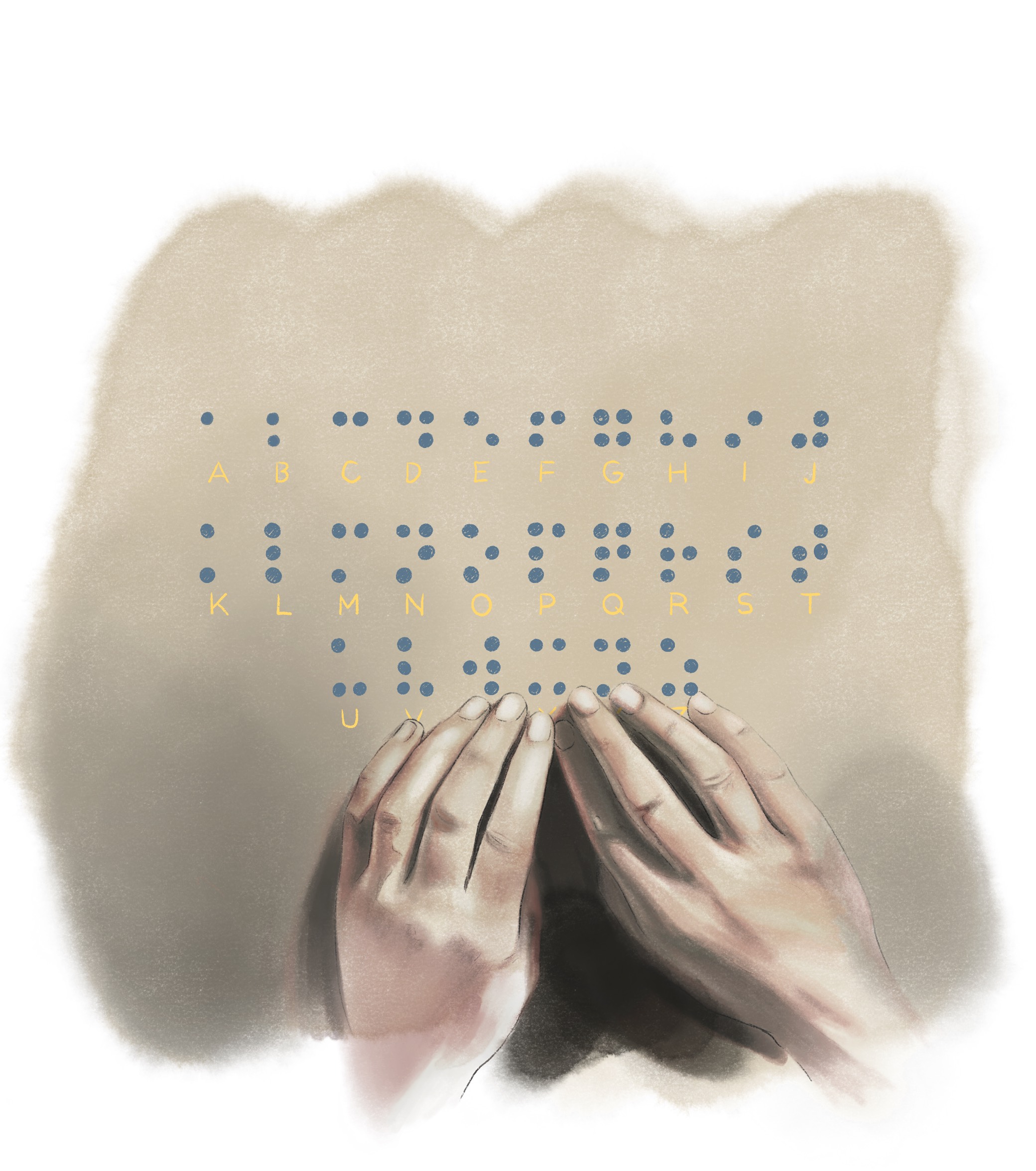
This requirement calls for instructors, who do not exist in regular public schools in Kosovo. In response to K2.0’s request for comment on the lack of instructors, MESTI briefly replied, without any additional explanation or plan: “it is known that there are no instructors.”
Even if students learn how to use Braille, they face delays in receiving their Braille books. Krasniqi explains that the Xheladin Deda Resource Center in Peja primarily prepares Braille books and sends them to children in regular schools. However, he noted that delays frequently occur due to the insufficient capacities of the resource center in Peja.
“We have had cases where an entire semester has passed, and the student has not received the necessary materials in Braille or in an enlarged format,” Krasniqi said.
MESTI attributes the delays to the limited technical and human resources in the resource centers, as well as constant changes to textbooks. MESTI does not specify how it will address this problem, even though it manages the resource centers.
(Non) Inclusive education
Inclusion is often mentioned and celebrated as the foundation of education in Kosovo. MESTI has a division dedicated to inclusive education and promotes an inclusive education as the best one. It writes that separating certain students into separate schools has negative effects on their future and on society as a whole.
But some students never experience the benefits of inclusion.
Regular public schools in Kosovo remain hostile environments for children with disabilities. These children spend their childhoods facing countless obstacles that prevent them from accessing their rights as citizens of Kosovo.
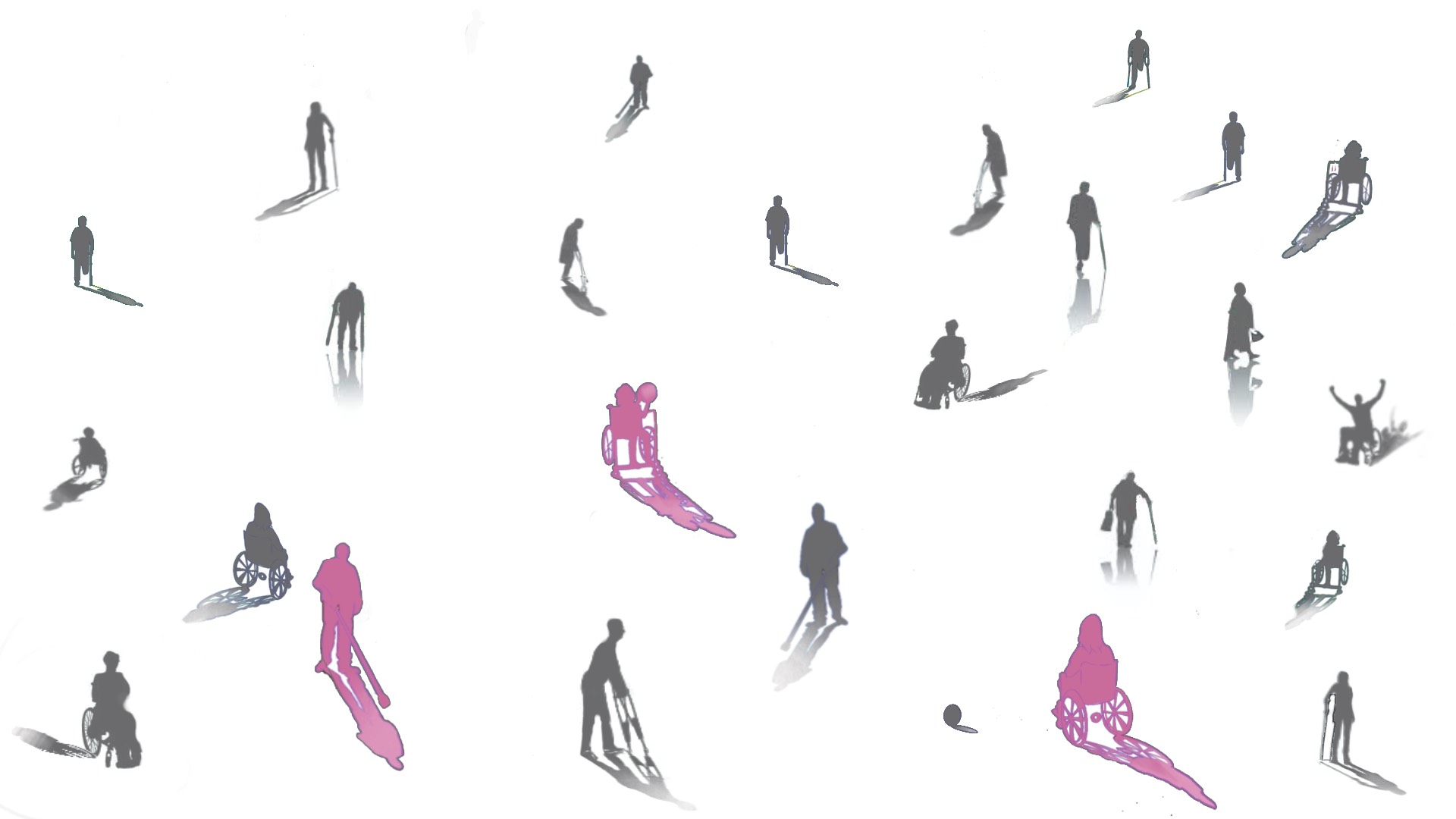
Natyra Agani, a clinical psychologist specializing in school climate, violence and bullying, emphasizes the importance of recognizing children with disabilities as equal citizens with value. She places this recognition at the core of inclusion.
“Children with disabilities have a wide range of individual abilities and skills. We should perceive them as citizens with value and potential, and, above all, with opportunities. The concept of inclusion makes sense when we start to understand them as individuals with opportunities and internalize this as a value,” Agani said.
But this commitment to inclusion has not gone beyond mere words for Elfete, who is now 16 years old and should be enjoying her high school days, her prom night and planning which major she will pursue in college. Instead, she has not been to school for five years, while her father Mani tries every day to find a way to provide for his daughter’s education while also managing his own difficulties as a person with visual disabilities.
Even Lira, who should be focusing on the math equations she knows so well, has to worry about how she will get to school the next day and who will help her reach the lab. Meanwhile, the adults around her, instead of spending their time feeling proud of their daughter, anxiously think about the future.
Everyone faces a system that pushes them to the margins every day, but everyone is also determined to push back against this system.
Feature image: Altin Ibrahimi / K2.0
Lead editor: Aulonë Kadriu.

This article was published with the financial support of the European Union as part of the project “Diversifying voices in journalism.” Its contents are the sole responsibility of Kosovo 2.0 and do not necessarily reflect the views of the European Union.
Dëshironi të mbështetni gazetarinë tonë?
Në Kosovo 2.0, përpiqemi të jemi shtyllë e gazetarisë së pavarur e me cilësi të lartë, në një epokë ku është gjithnjë e më sfiduese t’i mbash këto standarde dhe ta ndjekësh të vërtetën dhe llogaridhënien pa u frikësuar. Për ta siguruar pavarësinë tonë të vazhdueshme, po prezantojmë HIVE, modelin tonë të ri të anëtarësimit, i cili u ofron atyre që e vlerësojnë gazetarinë tonë, mundësinë të kontribuojnë e bëhen pjesë e misionit tonë.
Anëtarësohuni në “HIVE” ose konsideroni një donacion.
